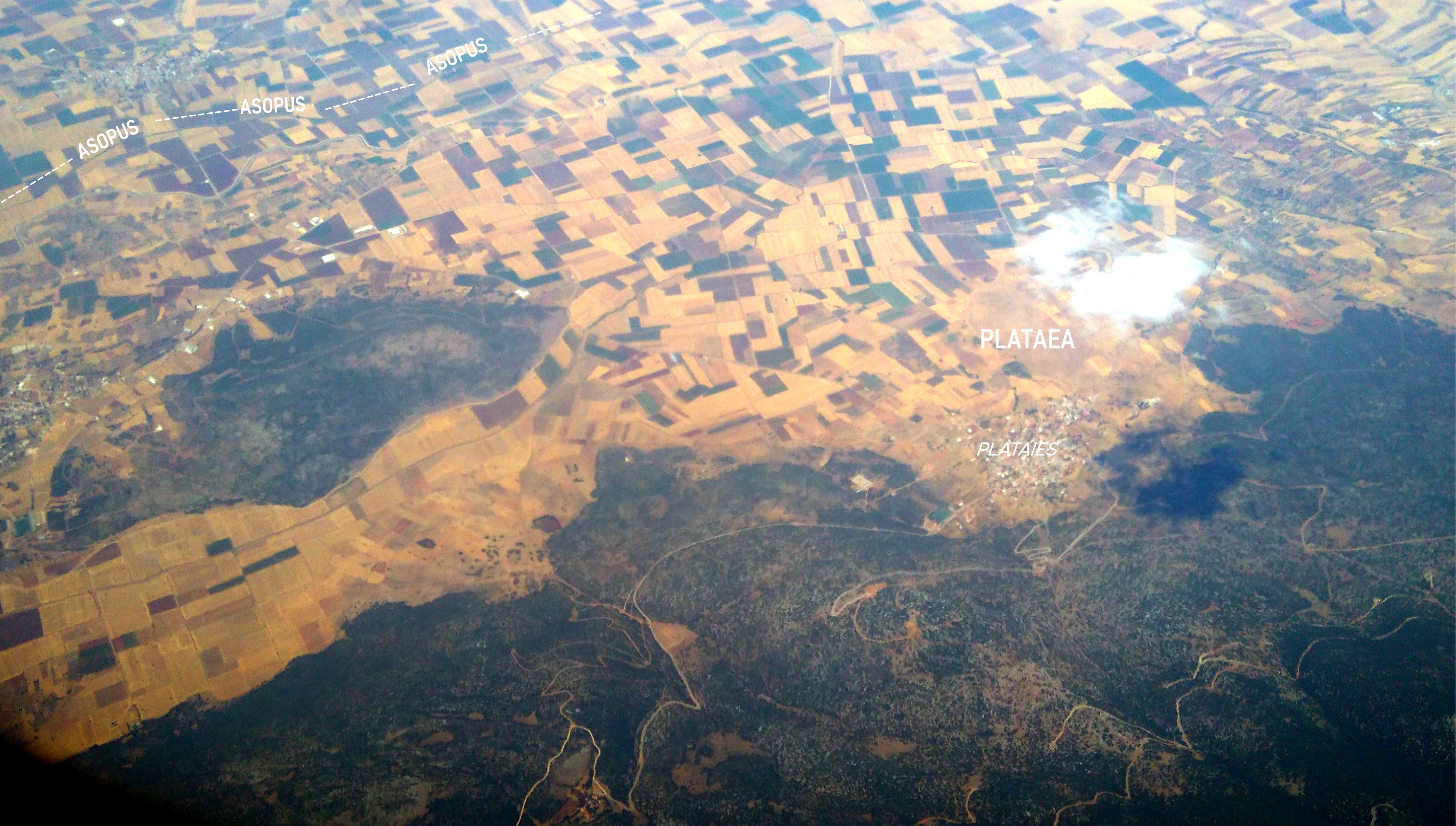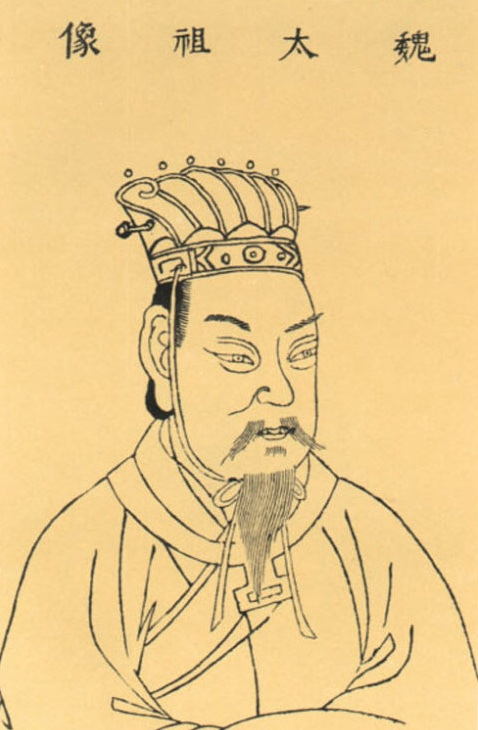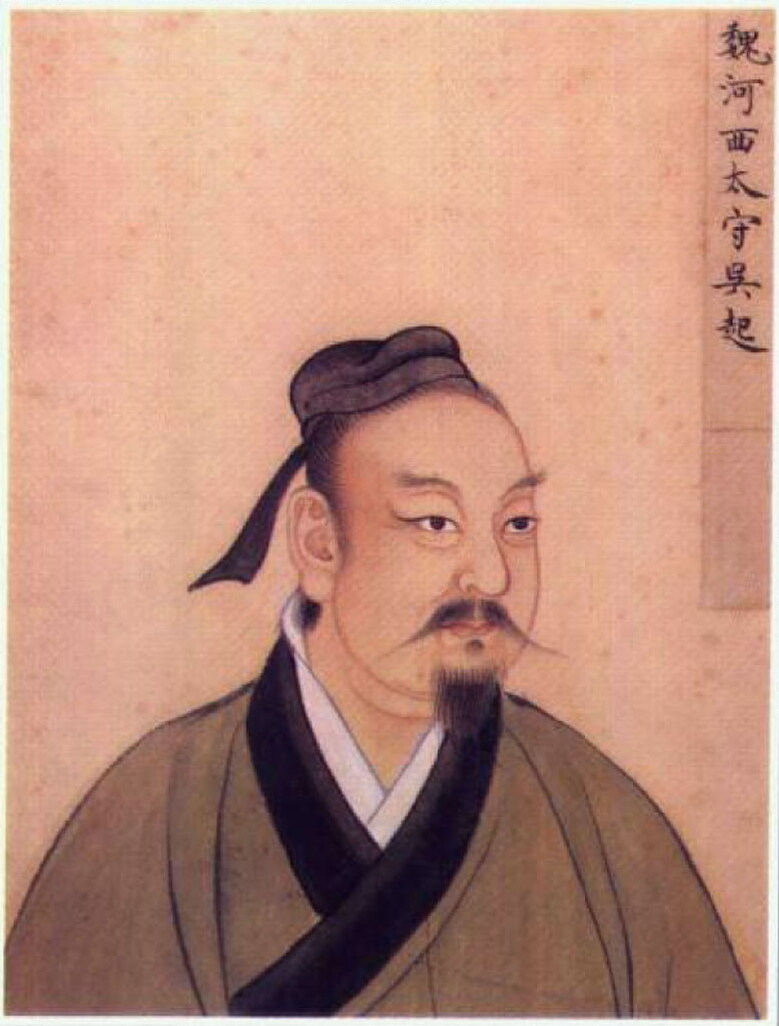|
381 BC
__NOTOC__ Year 381 BC was a year of the pre-Julian Roman calendar. At the time, it was known as the Year of the Tribunate of Camillus, Albinus, Albinus, Medullinus, Flavus and Ambustus (or, less frequently, year 373 '' Ab urbe condita''). The denomination 381 BC for this year has been used since the early medieval period, when the Anno Domini calendar era became the prevalent method in Europe for naming years. Events By place Persian Empire * The Persian generals Tiribazus and Orontes invade Cyprus, with an army far larger than any King Evagoras of Cyprus could raise. However, Evagoras manages to cut off this force from being resupplied, and the starving troops rebel. However, the war then turns in the Persians' favour when Evagoras' fleet is destroyed at the Battle of Citium (Larnaca, Cyprus). Evagoras flees to Salamis, where he manages to conclude a peace which allows him to remain nominally king of Salamis, though in reality he is a vassal of the Persian king. Gre ... [...More Info...] [...Related Items...] OR: [Wikipedia] [Google] [Baidu] |
Roman Calendar
The Roman calendar was the calendar used by the Roman Kingdom and Roman Republic. The term often includes the Julian calendar established by the reforms of the Roman dictator, dictator Julius Caesar and Roman emperor, emperor Augustus in the late 1stcenturyBC and sometimes includes any system dated by inclusive counting towards months' kalends, nones (calendar), nones, and ides (calendar), ides in the Roman manner. The term usually excludes the Alexandrian calendar of Roman Egypt, which continued the unique months of that land's Egyptian calendar, former calendar; the Byzantine calendar of the Byzantine Empire, later Roman Empire, which usually dated the Roman months in the simple count of the ancient Greek calendars; and the Gregorian calendar, which refined the Julian system to bring it into still closer alignment with the tropical year. Roman dates were counted inclusively forward to the next of three principal days: the first of the month (the kalends), a day shortly befor ... [...More Info...] [...Related Items...] OR: [Wikipedia] [Google] [Baidu] |
Plataea
Plataea or Plataia (; grc, Πλάταια), also Plataeae or Plataiai (; grc, Πλαταιαί), was an ancient city, located in Greece in southeastern Boeotia, south of Thebes.Mish, Frederick C., Editor in Chief. “Plataea.” '' Webster’s Ninth New Collegiate Dictionary''. 9th ed. Springfield, MA: Merriam-Webster Inc., 1985. , (indexed), and (deluxe). It was the location of the Battle of Plataea in 479 BC, in which an alliance of Greek city-states defeated the Persians. Plataea was destroyed in the Peloponnesian War by Thebes and Sparta in 427 BC, and rebuilt in 386. The modern Greek town of Plataies is built near its ruins. Alliance with Athens and presence at Marathon Herodotus wrote that, in order to avoid coming under Theban hegemony, Plataea offered to "put themselves into Spartan hands". However, the Spartans refused this offer and, wishing to cause mischief between the Boeotians and Athens, recommended that the Plataeans ally themselves with Athens inste ... [...More Info...] [...Related Items...] OR: [Wikipedia] [Google] [Baidu] |
Wei (state)
Wei (; ; Old Chinese: *') was one of the seven major states during the Warring States period of ancient China. It was created from the three-way Partition of Jin, together with Han and Zhao. Its territory lay between the states of Qin and Qi and included parts of modern-day Henan, Hebei, Shanxi, and Shandong. After its capital was moved from Anyi to Daliang (present-day Kaifeng) during the reign of King Hui, Wei was also called Liang (). History Foundation Surviving sources trace the ruling house of Wei to the Zhou royalty: Gao, Duke of Bi (), was a son of King Wen of Zhou. His descendants took their surname, Bi, from his fief. After the destruction of Bi, Bi Wan () escaped to Jin, where he became a courtier of Duke Xian's, accompanying his personal carriage. After a successful military expedition, Bi Wan was granted Wei, from which his own descendants then founded the house of Wei. Spring and Autumn period Jin's political structure was drastically changed after the ... [...More Info...] [...Related Items...] OR: [Wikipedia] [Google] [Baidu] |
Lu (state)
Lu (, c. 1042–249 BC) was a vassal state during the Zhou dynasty of ancient China located around modern Shandong province. Founded in the 11th century BC, its rulers were from a cadet branch of the House of Ji (姬) that ruled the Zhou dynasty. The first duke was Boqin, a son of the Duke of Zhou, who was brother of King Wu of Zhou and regent to King Cheng of Zhou. Lu was the home state of Confucius as well as Mozi, and as such has an outsized cultural influence among the states of the Eastern Zhou and in history. The ''Annals of Spring and Autumn'', for instance, was written with the Lu rulers' years as their basis. Another great work of Chinese history, the '' Zuo Zhuan'' or ''Commentary of Zuo'', was also written in Lu by Zuo Qiuming. Geography The state's capital was in Qufu and its territory mainly covered the central and southwest regions of what is now Shandong Province. It was bordered to the north by the powerful state of Qi and to the south by the powerful ... [...More Info...] [...Related Items...] OR: [Wikipedia] [Google] [Baidu] |
Chu (state)
Chu, or Ch'u in Wade–Giles romanization, (, Hanyu Pinyin: Chǔ, Old Chinese: ''*s-r̥aʔ'') was a Zhou dynasty vassal state. Their first ruler was King Wu of Chu in the early 8th century BCE. Chu was located in the south of the Zhou heartland and lasted during the Spring and Autumn period. At the end of the Warring States period it was destroyed by the Qin in 223 BCE during the Qin's wars of unification. Also known as Jing () and Jingchu (), Chu included most of the present-day provinces of Hubei and Hunan, along with parts of Chongqing, Guizhou, Henan, Anhui, Jiangxi, Jiangsu, Zhejiang, and Shanghai. For more than 400 years, the Chu capital Danyang was located at the junction of the Dan and Xi Rivers near present-day Xichuan County, Henan, but later moved to Ying. The house of Chu originally bore the clan name Nai ( OC: /*rneːlʔ/) which was later written as Mi ( OC: /*meʔ/). They also bore the lineage name Yan ( OC: /*qlamʔ/, /*qʰɯːm/) which would later ... [...More Info...] [...Related Items...] OR: [Wikipedia] [Google] [Baidu] |
Chancellor Of China
The grand chancellor (''zaixiang, tsai-hsiang''), also translated as counselor-in-chief, chancellor, chief councillor, chief minister, imperial chancellor, lieutenant chancellor and prime minister, was the highest-ranking executive official in the imperial Chinese government. The term was known by many different names throughout Chinese history, and the exact extent of the powers associated with the position fluctuated greatly, even during a particular dynasty. During the Six Dynasties period, the term denoted a number of power-holders serving as chief administrators, including ''zhongshun jian'' (Inspector General of the Secretariat), ''zhongshu ling'' (President of the Secretariat), ''shizhong'' (Palace Attendant), ''shangshu ling'' and ''puye'' (president and vice-president of the Department of State Affairs). History In the Spring and Autumn period, Guan Zhong was the first chancellor in China, who became chancellor under the state of Qi in 685 BC. In Qin, during the Warring ... [...More Info...] [...Related Items...] OR: [Wikipedia] [Google] [Baidu] |
China
China, officially the People's Republic of China (PRC), is a country in East Asia. It is the world's most populous country, with a population exceeding 1.4 billion, slightly ahead of India. China spans the equivalent of five time zones and borders fourteen countries by land, the most of any country in the world, tied with Russia. Covering an area of approximately , it is the world's third largest country by total land area. The country consists of 22 provinces, five autonomous regions, four municipalities, and two Special Administrative Regions (Hong Kong and Macau). The national capital is Beijing, and the most populous city and financial center is Shanghai. Modern Chinese trace their origins to a cradle of civilization in the fertile basin of the Yellow River in the North China Plain. The semi-legendary Xia dynasty in the 21st century BCE and the well-attested Shang and Zhou dynasties developed a bureaucratic political system to serve hereditary monarchies, or dyna ... [...More Info...] [...Related Items...] OR: [Wikipedia] [Google] [Baidu] |
Wu Qi
Wu Qi (, 440–381 BC) was a Chinese Chinese can refer to: * Something related to China * Chinese people, people of Chinese nationality, citizenship, and/or ethnicity **''Zhonghua minzu'', the supra-ethnic concept of the Chinese nation ** List of ethnic groups in China, people of ... military leader, Legalist philosopher, and politician in the Warring States period. Biography Born in the Wey (state), State of Wey (), he was skilled in leading armies and military strategy. He had served in the states of Lu (state), Lu and Wei (state), Wei (魏, not to be confused with Wèi, currently spelled as Wey as in previous note). In the state of Wei he commanded many great battles and was appointed Xihe Shou (Mayor of Xihe county). Xihe was the area between the Yellow and Luo River (Shaanxi), Luo Rivers that Wei had just taken from Qin (state), Qin. Later, after he became estranged from the lord of Wei and was forced into exile, Wu Qi went to the Chu (state), State of Chu where he was ... [...More Info...] [...Related Items...] OR: [Wikipedia] [Google] [Baidu] |
Rome
, established_title = Founded , established_date = 753 BC , founder = King Romulus (legendary) , image_map = Map of comune of Rome (metropolitan city of Capital Rome, region Lazio, Italy).svg , map_caption = The territory of the ''comune'' (''Roma Capitale'', in red) inside the Metropolitan City of Rome (''Città Metropolitana di Roma'', in yellow). The white spot in the centre is Vatican City. , pushpin_map = Italy#Europe , pushpin_map_caption = Location within Italy##Location within Europe , pushpin_relief = yes , coordinates = , coor_pinpoint = , subdivision_type = Country , subdivision_name = Italy , subdivision_type2 = Region , subdivision_name2 = Lazio , subdivision_type3 = Metropolitan city , subdivision_name3 = Rome Capital , government_footnotes= , government_type = Strong Mayor–Council , leader_title2 = Legislature , leader_name2 = Capitoline Assemb ... [...More Info...] [...Related Items...] OR: [Wikipedia] [Google] [Baidu] |
Tusculum
Tusculum is a ruined Roman city in the Alban Hills, in the Latium region of Italy. Tusculum was most famous in Roman times for the many great and luxurious patrician country villas sited close to the city, yet a comfortable distance from Rome (notably the villas of Cicero and Lucullus). Location Tusculum is located on Tuscolo hill on the northern edge of the outer crater rim of the Alban volcano. The volcano itself is located in the Alban Hills south of the present-day town of Frascati. The summit of the hill is above sea level and affords a view of the Roman Campagna, with Rome lying to the north-west. It had a strategic position controlling the route from the territory of the Aequi and the Volsci to Rome which was important in earlier times. Later Rome was reached by the Via Latina (from which a branch road ascended to Tusculum, while the main road passed through the valley to the south of it), or by the Via Labicana to the north. Most of the ancient city and the acropol ... [...More Info...] [...Related Items...] OR: [Wikipedia] [Google] [Baidu] |
427 BC
__NOTOC__ Year 427 BC was a year of the pre-Julian Roman calendar. At the time, it was known as the Year of the Consulship of Ahala and Mugillanus (or, less frequently, year 327 '' Ab urbe condita''). The denomination 427 BC for this year has been used since the early medieval period, when the Anno Domini calendar era became the prevalent method in Europe for naming years. Events By place Greece * Sparta's King Archidamus II is succeeded by his son Agis II. * Following the surrender of Mytilene to Athens, the Athenian leader Cleon insists that the city be destroyed. In response to the pleadings of a number of Athenian citizens, Cleon's decree to destroy the population of Mytilene is reversed with only the ringleaders of the Mytilenean revolt being executed. * Plataea surrenders to the Spartans and Thebans after its garrison comes close to death from starvation. Over 200 prisoners are put to death and Plataea is destroyed. * The civil war in Corcyra, in which the Athenian ... [...More Info...] [...Related Items...] OR: [Wikipedia] [Google] [Baidu] |
Greece
Greece,, or , romanized: ', officially the Hellenic Republic, is a country in Southeast Europe. It is situated on the southern tip of the Balkans, and is located at the crossroads of Europe, Asia, and Africa. Greece shares land borders with Albania to the northwest, North Macedonia and Bulgaria to the north, and Turkey to the northeast. The Aegean Sea lies to the east of the Geography of Greece, mainland, the Ionian Sea to the west, and the Sea of Crete and the Mediterranean Sea to the south. Greece has the longest coastline on the Mediterranean Basin, featuring List of islands of Greece, thousands of islands. The country consists of nine Geographic regions of Greece, traditional geographic regions, and has a population of approximately 10.4 million. Athens is the nation's capital and List of cities and towns in Greece, largest city, followed by Thessaloniki and Patras. Greece is considered the cradle of Western culture, Western civilization, being the birthplace of Athenian ... [...More Info...] [...Related Items...] OR: [Wikipedia] [Google] [Baidu] |





